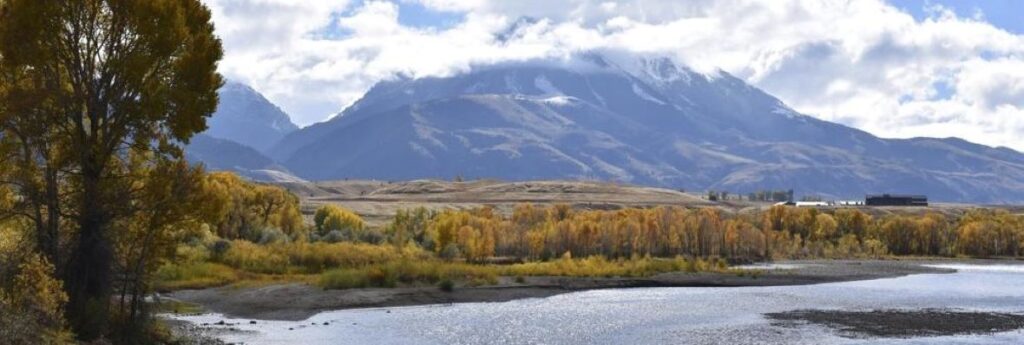The US government has detailed steps to achieve an ambitious goal to conserve nearly one-third of America’s lands and waters by 2030, relying on voluntary efforts to preserve public, private, and tribal areas while also helping tackle climate change.
A report, with the lofty title “America the Beautiful,” calls for a decade-long commitment on projects nationwide to make the conservation and restoration of lands and waters an urgent priority. The plan would purify drinking water, increase green space, improve access to outdoor recreation, restore healthy fisheries, reduce the risk of wildfires, and recognize the “oversized contributions” of farmers, ranchers, forest owners, fishers, hunters, rural communities, and tribal nations.
In the process, the effort would produce thousands of new jobs and a stronger economy while also addressing climate change and environmental justice, including expanded access by disadvantaged communities to the outdoors, the report said.
President Joe Biden has set a goal of conserving at least 30% of US lands and waters by 2030. If successful, the plan would help slow global warming and preserve some of the nation’s most scenic lands for future generations of Americans, the report said.
About 12% of the nation’s lands and 25% of its waters are currently protected, according to research by the Center for American Progress, a left-leaning think tank. Those protected areas include not just parks but also wilderness areas, game refuges, agricultural lands, forests, ranches, and other sites with conservation easements.
The plan, released last week, recommends a series of actions, including expansion of a federal grant program to create local parks, especially in cities and other “nature-deprived communities.″ It also suggests grants for Native American tribes to support tribal conservation priorities; expansion of fish and wildlife habitats and corridors; increased access for outdoor recreation; and creation of a “civilian climate corps” to work on conservation and restoration projects nationwide.
The plan follows through on a Biden campaign promise and builds on the Great American Outdoors Act, a 2020 law passed by Congress that authorizes nearly $3 billion for conservation projects, outdoor recreation and maintenance of national parks and other public lands.
Even with that injection of federal dollars, the Biden plan relies heavily on voluntary conservation efforts by farmers, ranchers, forest owners and fishing communities. No cost estimate for the project was provided. Much of the spending could be done through department budgets, as well as the 2020 outdoors law, the 2018 farm bill and Biden’s proposed $2.3 trillion infrastructure plan, officials said.
“The president’s challenge is a call to action to support locally led conservation and restoration efforts of all kinds and all over America, wherever communities wish to safeguard the lands and waters they know and love,” the report says. “Doing so will not only protect our lands and waters but also boost our economy and support jobs nationwide.”
White House climate adviser Gina McCarthy said the Great Outdoors law, which bankrolls the popular Land and Water Conservation Fund and takes aim at a growing maintenance backlog at national parks, was a “down payment” on the conservation initiative. The law authorizes $900 million a year for that fund and an additional $1.9 billion per year on improvements at parks, forests, wildlife refuges and range lands.
“There are many tools available to us” to pay for the conservation program, McCarthy said. The report is only the “starting point″ on a path to fulfill Biden’s conservation vision, she and other officials said.
Environmental and outdoors groups hailed the initiative.
“The bottom line is that healthier public lands and waters mean more opportunities for Americans to recreate outside and for communities’ economies to thrive,” said Jessica Turner, executive director of the Outdoor Recreation Roundtable, a coalition that represents a range of outdoor businesses.
Provisions to protect landscapes and improve resiliency against drought, wildfire and floods are crucial, said Chris Wood, president of Trout Unlimited, noting that natural disasters “don’t respect wilderness boundaries″ or property lines.

